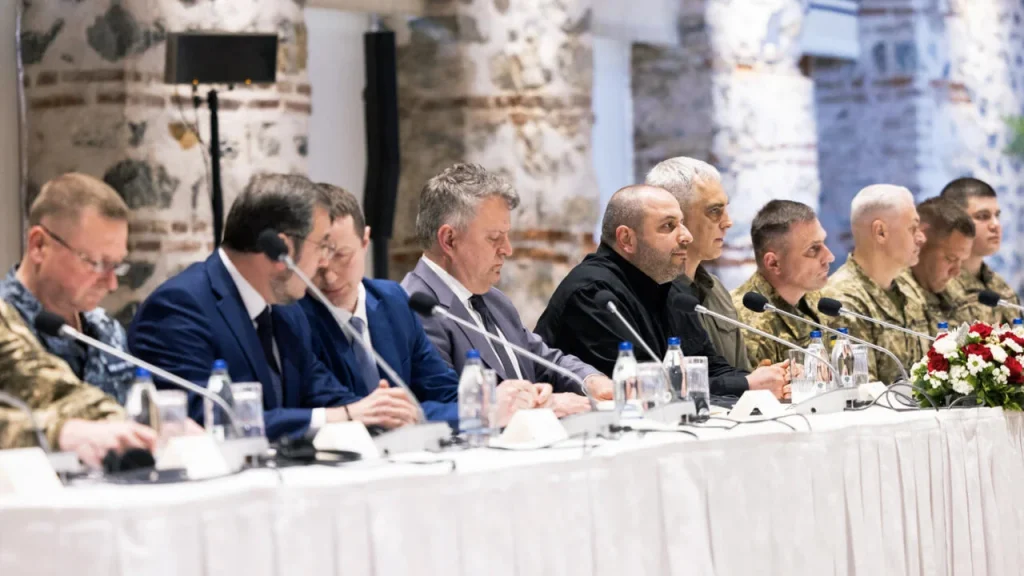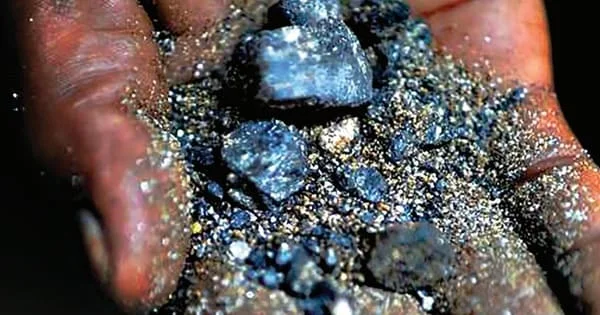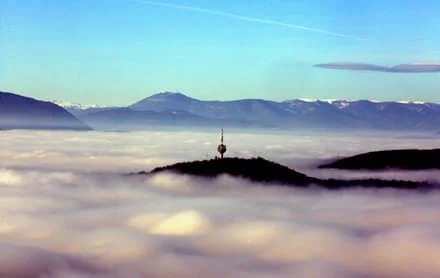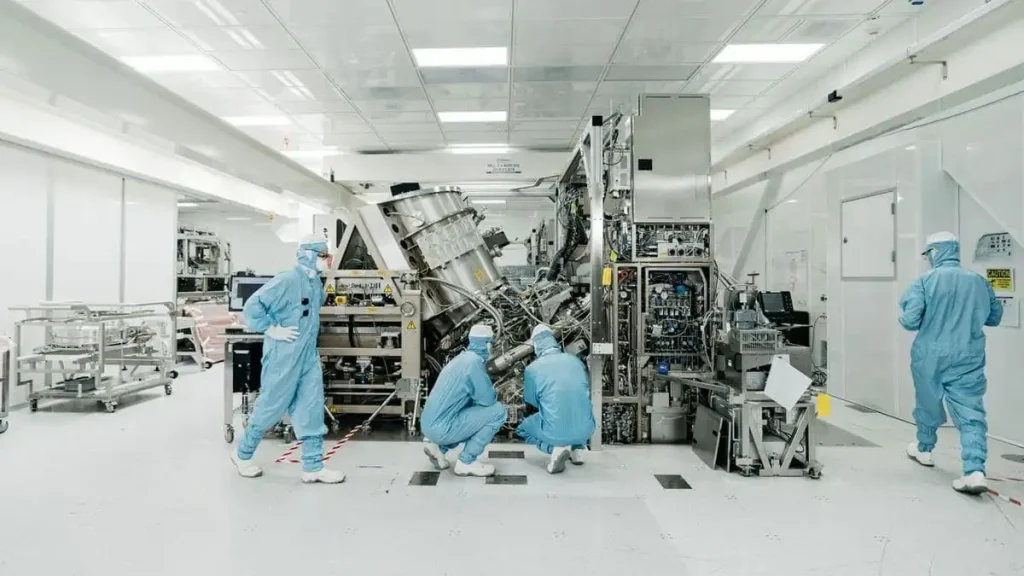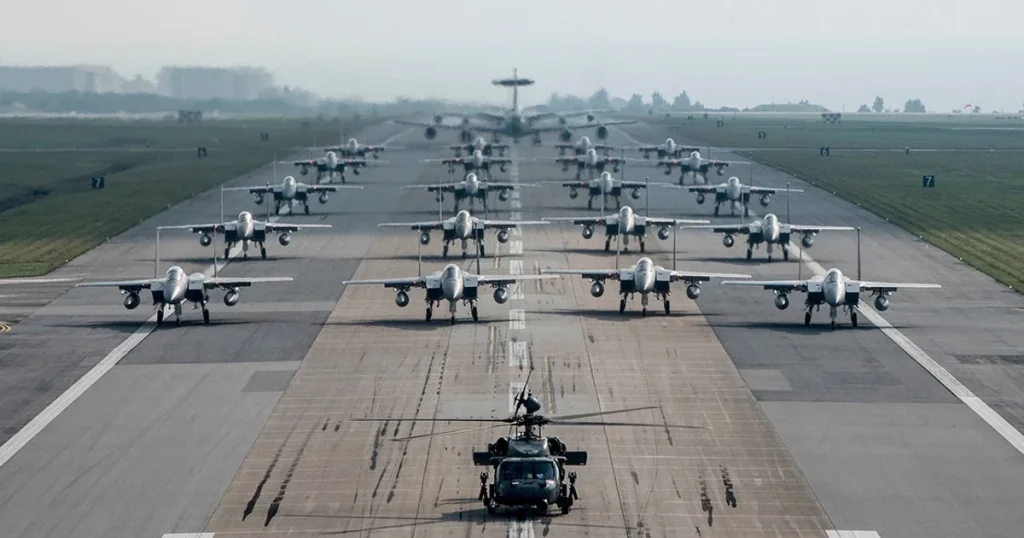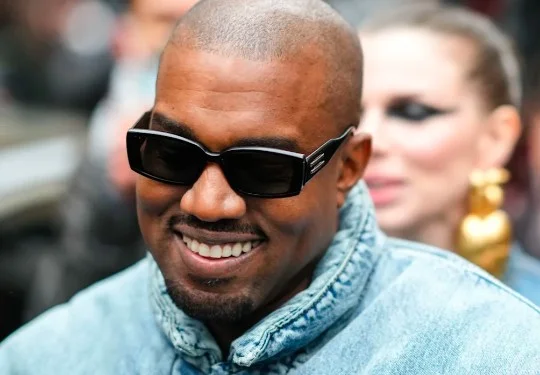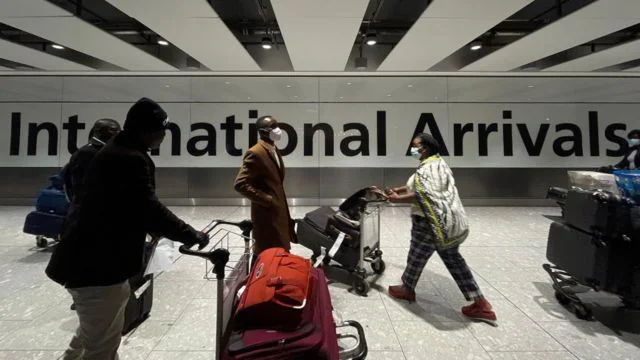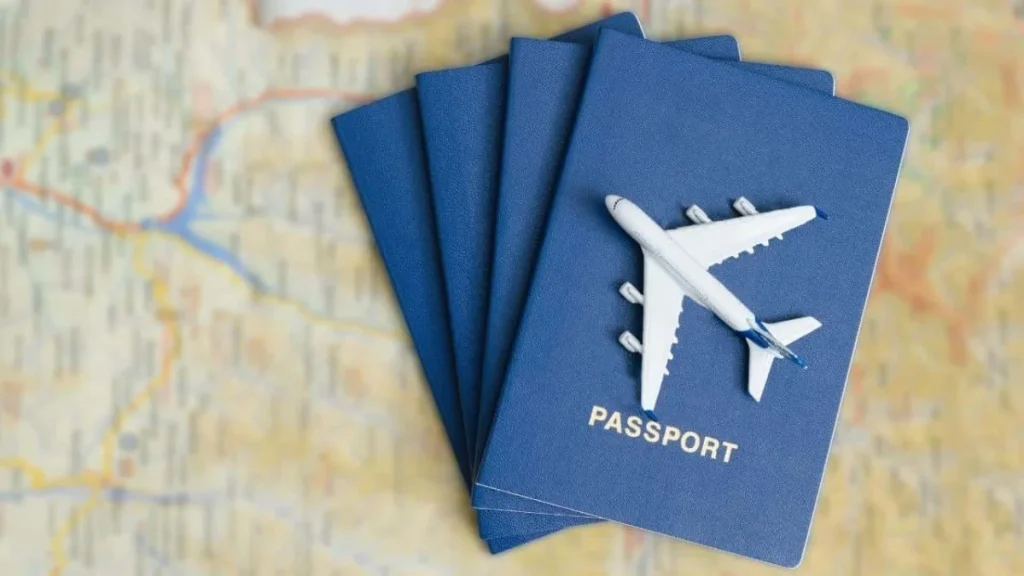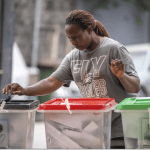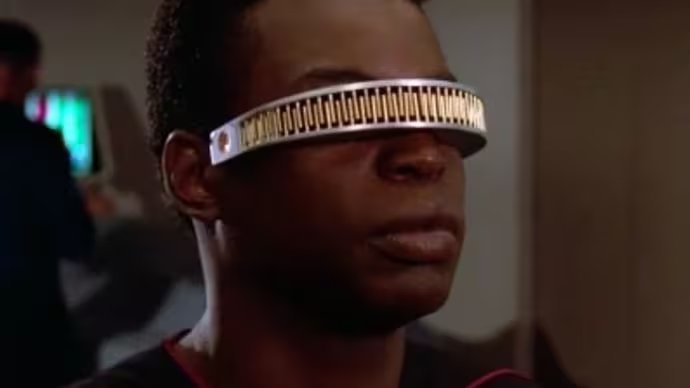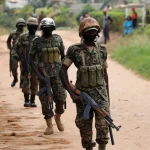Russian and Ukrainian negotiators met in Istanbul on Friday, May 16, 2025, for the first direct Russia-Ukraine peace talks in over three years.
This talk held at the ornate Dolmabahce Palace, however the absence of Presidents Vladimir Putin and Volodymyr Zelenskyy, coupled with stalled ceasefire discussions, tempered hopes for a breakthrough.
A Delayed Start and Diplomatic Tensions
The talks, delayed by 24 hours due to diplomatic uncertainty, were initiated by Putin who was not physically present but sent a mid-level delegation.
Zelenskyy, who had challenged Putin to attend in person, later agreed to participate under pressure from U.S. President Donald Trump, who dispatched Ukraine’s Defence Minister Rustem Umerov to lead a high-level team including military and intelligence officials.
Turkish Foreign Minister Hakan Fidan opened the session, urging both sides to choose between “a path to peace” or “more destruction and loss of life.”
The delegations, seated opposite each other, Russians in dark suits and Ukrainians in military camouflage which stated the stark divide.
Ceasefire Demands and Strategic Posturing
Ukraine reiterated its core demand for “a full, unconditional, and honest ceasefire” to halt hostilities and lay the groundwork for diplomacy.
Zelenskyy, speaking on Thursday, also emphasized the urgency stating: “This must happen immediately to stop the killing.”
Ukraine has signaled flexibility, including freezing current frontlines and pausing its NATO membership bid, but only if backed by robust Western security guarantees, potentially involving European troops.
Russia, however, rejected Ukraine’s proposed 30-day ceasefire, arguing it would allow Kyiv to rearm.
The Kremlin framed the talks as a continuation of 2022 negotiations, which demanded severe restrictions on Ukraine’s military and sovereignty, terms Kyiv deems unacceptable.
On the other hand, Russia’s insistence on addressing “root causes,” including “denazification” and territorial claims, further widened the gap.
A significant outcome was an agreement for a prisoner swap of 1,000 POWs each, the largest to date, and a commitment to further talks after both sides present ceasefire visions.
However, Russia’s refusal to agree to an immediate truce was seen by some as a symbolic victory for Moscow.
Trump’s Influence and Shifting Dynamics
U.S. President Donald Trump, a vocal advocate for ending the war, played a pivotal role in pushing for the talks.
However, his remarks on Thursday casted doubt on their progress, where he stated, “Nothing is going to happen” until he meets Putin personally, with plans for a summit emphasising the urgency of the meeting__“as soon as we can set it up.”
This shift has sidelined Ukraine, weakening Zelenskyy’s leverage despite his concessions to demonstrate peace commitment.
What Lies Ahead?
The Russia-Ukraine peace talks mark a tentative step toward dialogue but highlight the chasm between Kyiv’s call for an immediate ceasefire and Moscow’s insistence on territorial and political demands. With Trump’s influence growing and Zelenskyy navigating pressure to compromise, the path to peace remains fraught.
As both sides prepare to outline ceasefire proposals, the international community watches closely.

